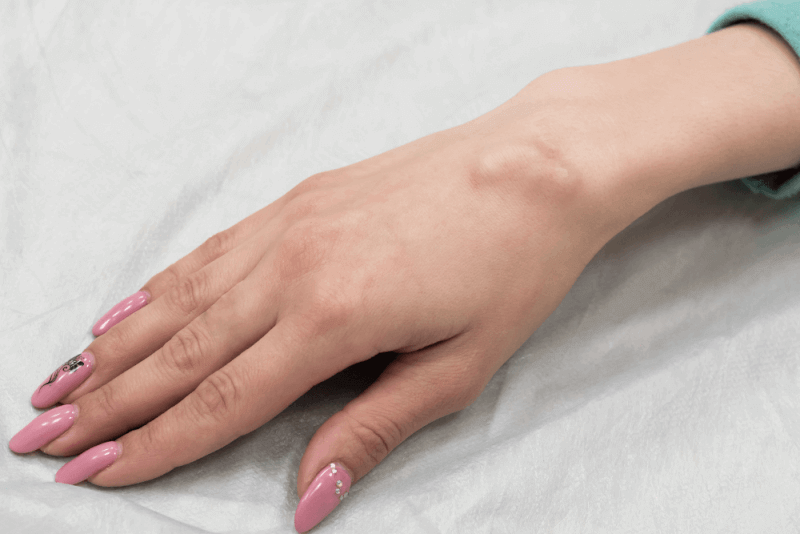What is a Boxer’s Fracture?
A boxer’s fracture is a type of metacarpal fracture that occurs in the bones of the hand. Metacarpal bones connect the thumb and other finger bones to the wrist. A boxer’s fracture specifically refers to a fracture in the metacarpal of the pinky finger.
Boxer’s fractures can be classified as open or closed. In an open fracture, the bone pierces through the skin. Open fractures usually take longer to heal and carry risks of infection and other complications. Closed fractures, while serious, do not result in a break in the skin.
Boxer’s fractures can also be displaced. In a displaced fracture, the bone fragments have moved enough to create a gap around the fracture. In contrast, in non-displaced fractures, the fragments do not move far enough to lose alignment. Surgery is more likely needed to repair displaced fractures.
Diagnosis of Boxer’s Fracture
A boxer’s fracture can be diagnosed through a physical examination and an X-ray. The fracture can often be felt from the outside, but a CT scan might be used to determine if surrounding tissues are damaged.
Symptoms of a Boxer’s Fracture
The symptoms of a boxer’s fracture include:
- Pain
- Swelling
- The pinky finger overlapping or moving behind the ring finger
- Tenderness
- Difficulty moving or using the hand
- Bruising or discoloration
Causes of a Boxer’s Fracture
Boxer’s fractures usually occur from punching a hard object with a closed fist. This common sports injury is why it is named after boxers. Getting a blow to the back of the hand can also cause a boxer’s fracture.
Factors that increase the risk of a boxer’s fracture include:
- Being between 10 and 40 years old
- Participating in physical sports, especially boxing and combat sports
- Osteoporosis
Treatment of Boxer’s Fracture
The treatment for a boxer’s fracture depends on the type of fracture and other injuries sustained. Treatment options include:
Immobilization
If the boxer’s fracture is mild and the bones have not moved much, it can be treated with a splint or cast. Most patients need to use the splint or cast for 3 to 6 weeks. Follow-up X-rays are necessary to ensure the bones are healing correctly.
Closed Reduction
For more severe fractures, closed reduction is used to realign the bones. The bones are physically pushed into place. Measures to prevent pain during the procedure include:
- Local anesthesia to numb the area around the fracture
- Sedatives
- General anesthesia
After a closed reduction, the hand needs to be immobilized with a splint or cast.
Surgery for Boxer’s Fracture
Most patients do not need surgery. However, surgery may be recommended for open or displaced fractures. Surgery is also suggested if the injury has damaged surrounding tissues.
Surgical Methods for Boxer’s Fracture
During surgery for a boxer’s fracture, surgeons realign the bones and secure them in place to allow for proper healing. Internal fixation is commonly performed using metal pins, screws, or plates. Follow-up procedures are necessary to remove the hardware once healing is complete.
Side Effects of Boxer’s Fracture Surgery
Common complications after boxer’s fracture surgery include:
- Malunion
- Nonunion
- Bone infection
- Stiffness
- Acute compartment syndrome
Benefits of Boxer’s Fracture Surgery
Boxer’s fracture surgeries help align broken bones correctly, aiding in faster recovery.
Recovery Process for Boxer’s Fracture
The recovery process for a boxer’s fracture can take several weeks. Pain usually starts to decrease within a few days. However, it can take around 6 weeks for the bone and hand to regain full strength. Depending on the treatment method, patients may begin moving their hands again within a few weeks. If patients experience intense and persistent pain, they should consult a specialist.








